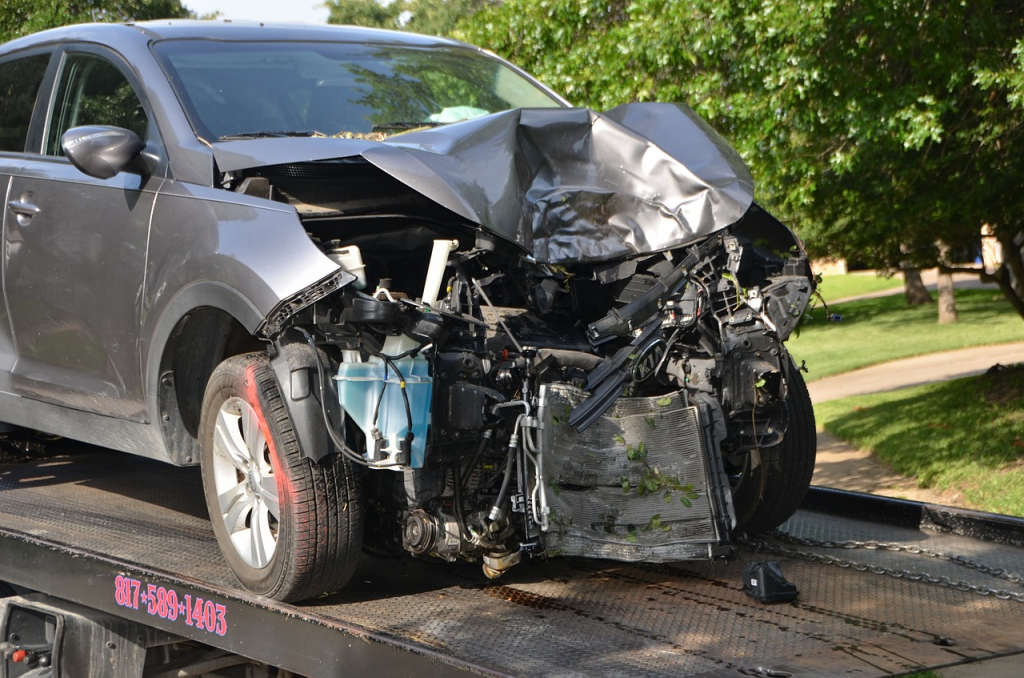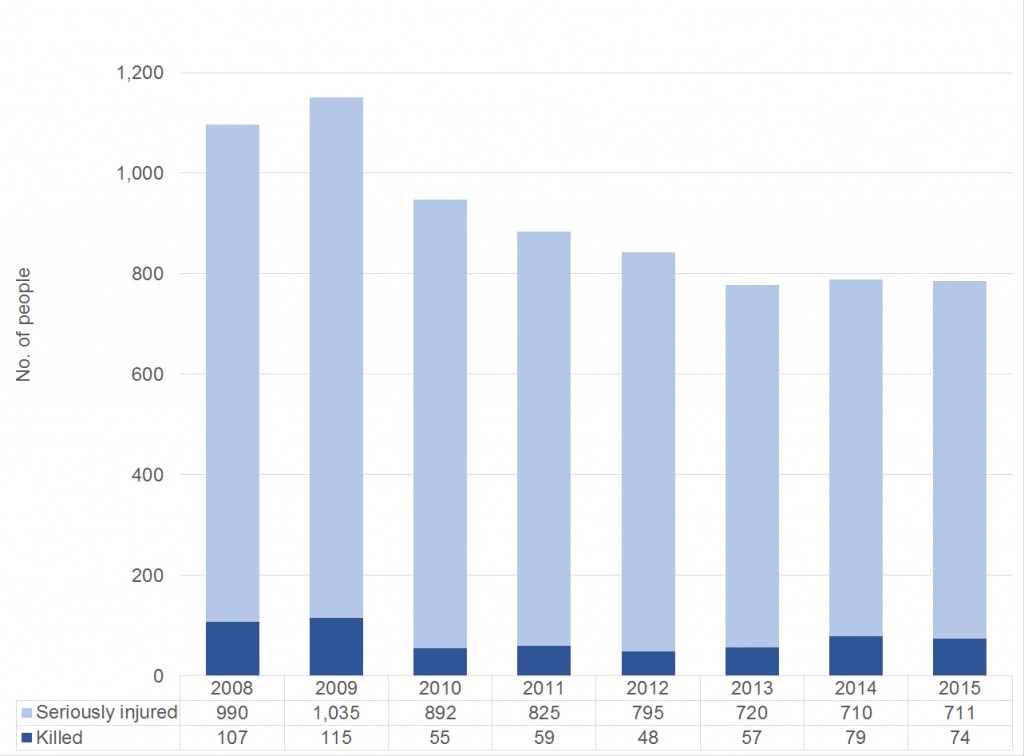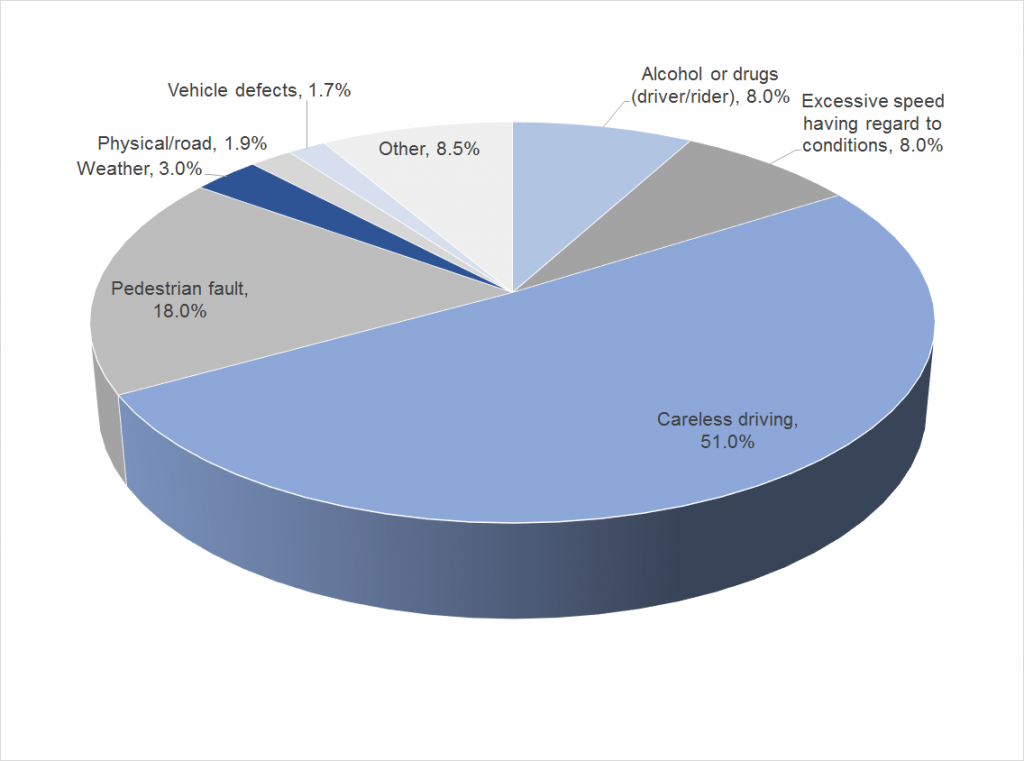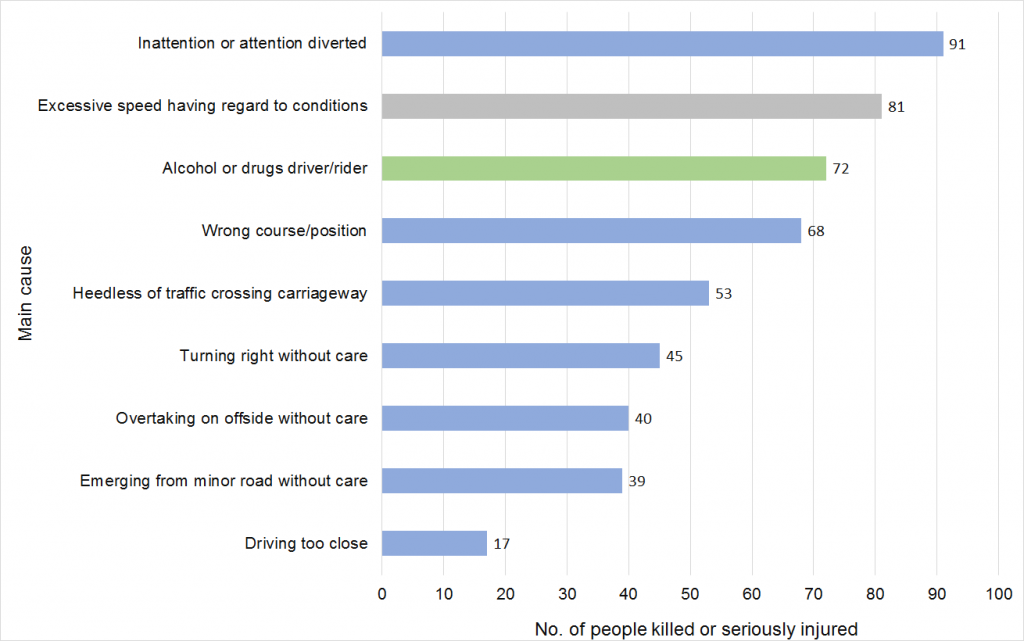It is difficult to grasp the full extent of what is portrayed by road traffic collision statistics. Each statistic represents a human being and, in the case of those killed or seriously injured, is an untold story of heartbreak and despair, wreaking devastating havoc on families across Northern Ireland. Identifying the factors that contribute to these collisions can inform public education, new technologies and enforcement with the aim of reducing the number and impact of road traffic collisions.

Number of road traffic collisions and casualties
Between 2008 and 2015, the total number of collisions where people were killed or seriously injured in Northern Ireland stood at 6,056. Of these, 553 collisions were fatal and 5,503 caused serious injury. As a result of these collisions, 594 people were killed and 6,678 people suffered serious injury on our roads.

The Northern Ireland Road Safety Strategy 2020 aims to reduce the number of fatalities in road traffic collisions by at least 60% from the 2004 to 2008 average of 126 to fewer than 50 by 2020. Since 2008, this reduction target has only been achieved in one year, 2012, when there were 48 fatalities. Since then, there has been an increase in the number of fatalities as a result of road traffic collisions in 2013 and 2014, before declining in 2015 to 74 fatalities – 24 above target level.
Road fatalities per million population stood at 40 in Northern Ireland in 2015. This was higher than the UK average of 29 and the Republic of Ireland average of 35 but lower than the EU average of 52 per million fatalities.
When and where most fatal and serious road traffic collisions occur
In 2015, taking the week as a whole, the time during which the greatest proportion of road traffic collisions in which people were killed or seriously injured was between 3pm and 6pm. Almost a quarter (23.6%) of all fatal and serious collisions took place during these hours. Most collisions occurred on a Friday with 15.6% of fatal and serious collisions occurring on this day. At weekends, fatal and serious collisions were more likely to occur early in the morning with 16.5% of weekend collisions occurring between midnight and 4am when compared with 3.6% between Monday and Friday.
The majority of road traffic collision fatalities occur on rural roads in Northern Ireland. Of the 74 road deaths in 2015, 56.8% occurred on rural roads. The proportion of fatalities which occurred on rural roads has, however, decreased from 78.2% in 2010.
Causes of fatal and serious road traffic collisions
The vast majority of road traffic collisions where people were killed or seriously injured in 2015 were caused by human behaviour. The most significant human causation factor for fatal and serious road traffic collisions was careless driving, responsible primarily for 51.0% of all fatal and serious road traffic collisions and 51.6% of all fatal and serious casualties.
Excessive speed was the cause of 8.0% of all fatal and serious collisions while alcohol or drugs also caused 8.0% of such collisions. The proportion of road traffic collisions caused by speeding and by alcohol or drugs has generally been declining but still accounts for a significant number of fatalities and serious injuries.
Pedestrians were also mainly at fault in almost a fifth (18.0%) of all fatal and serious collisions in 2015.
In 2015, the road/physical environment was the main causation factor in 1.9% of fatal and serious collisions. The weather was the main causation factor in 3.0% of such collisions.

Within the offence of careless driving, inattention or attention diverted resulted in the highest number of people being killed or seriously injured in road traffic collisions in 2015, accounting for 91 casualties. Inattention or attention diverted was the main cause of more fatalities and serious injuries than excessive speed (81 casualties) or the driver or rider being under the influence of alcohol or drugs (72 casualties).
The driver being on the wrong course or position resulted in 68 people being killed or seriously injured. Being heedless of traffic crossing a carriageway resulted in 53 casualties while turning right without care resulted in 45 fatal and serious casualties.

The PSNI 2015 Detailed Trends Report on road traffic collisions and casualties also states that the impact of road traffic collisions can be reduced by simply wearing a seat belt:
The likelihood of a driver being killed in a collision greatly increases when not wearing a seat belt. In 2015, 0.5% of driver casualties who were wearing a seatbelt sustained fatal injuries, compared with 4.9% of driver casualties who were not wearing a seat belt. Similarly, 4.7% of driver casualties were killed or seriously injured when wearing a seat belt compared to 10.8% of those not wearing a seat belt.
These road traffic collision statistics suggest that much more needs to be done to address the attitudes and behaviours of road users in Northern Ireland.

